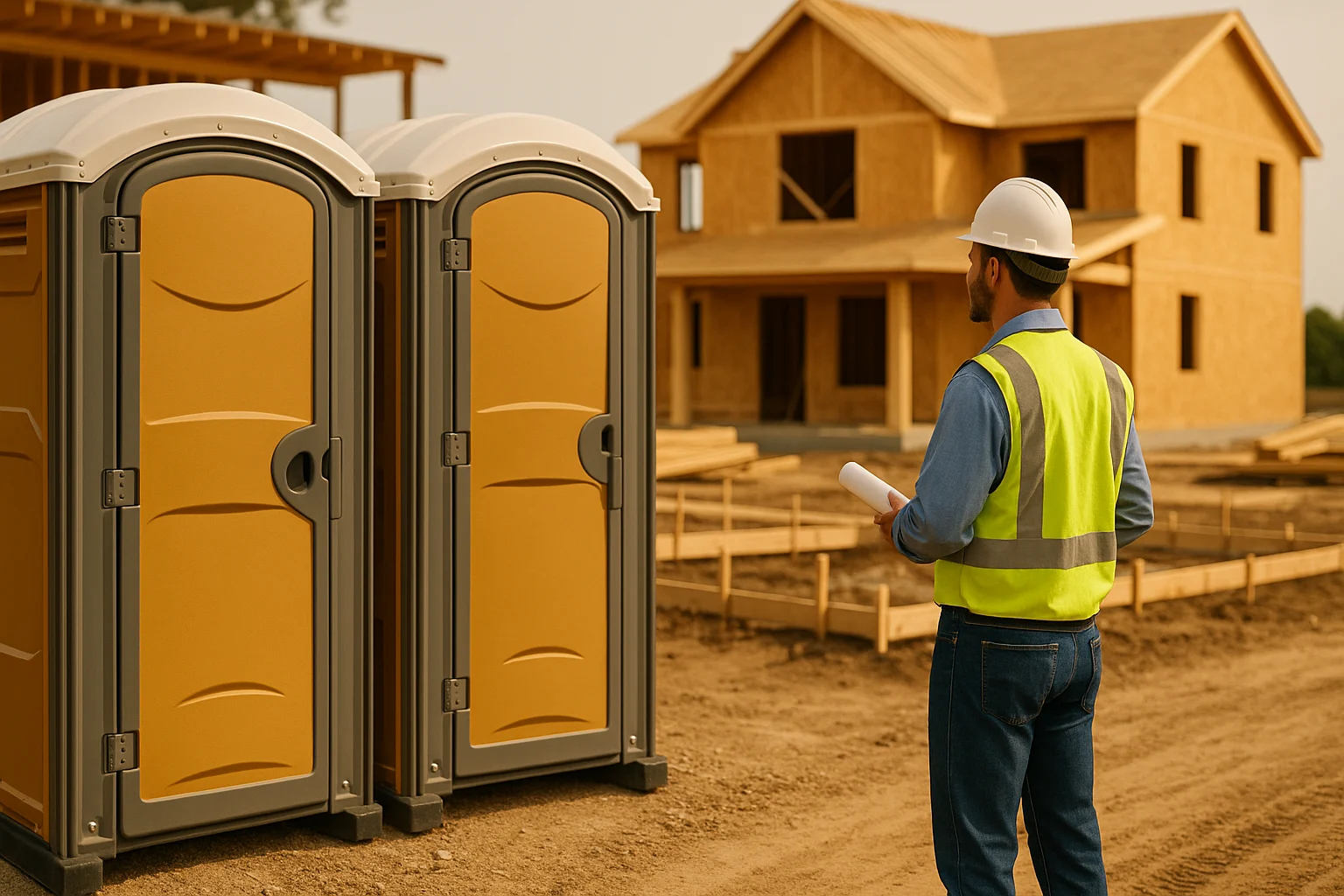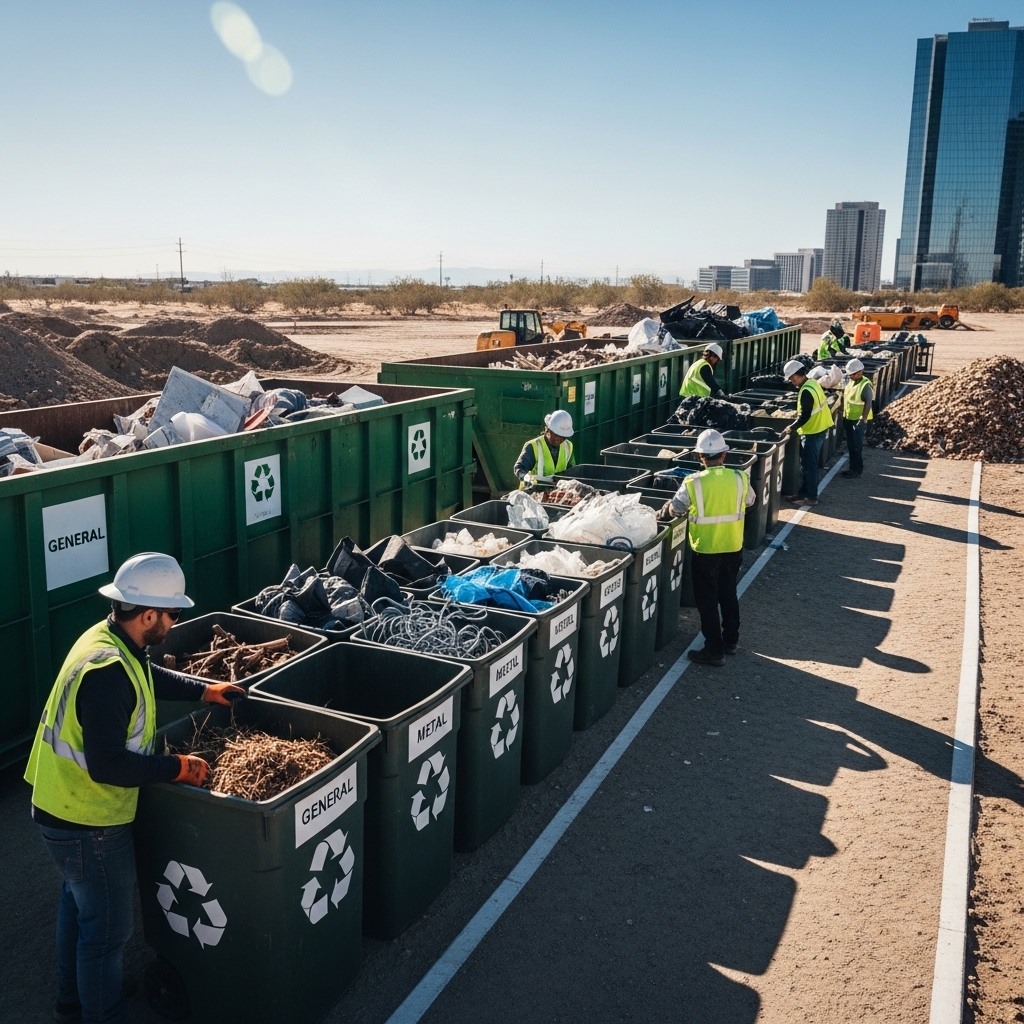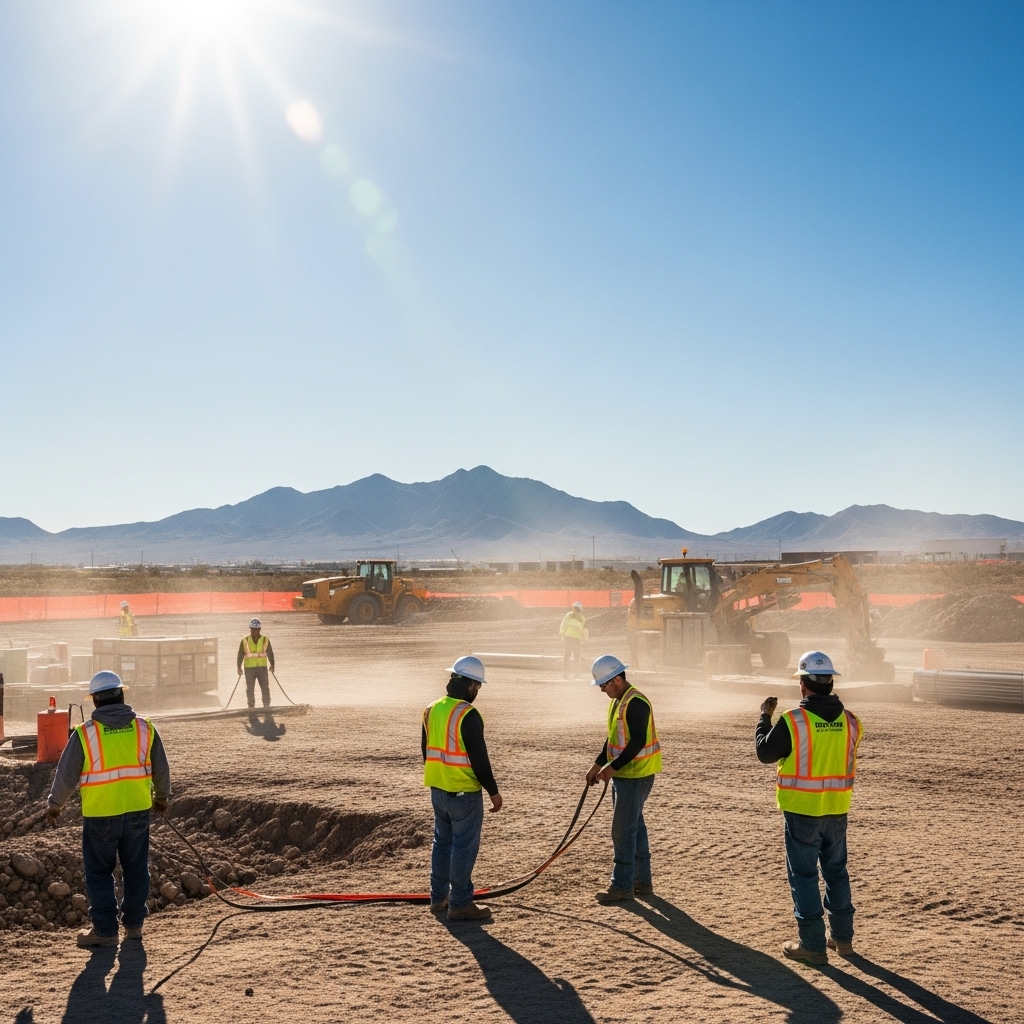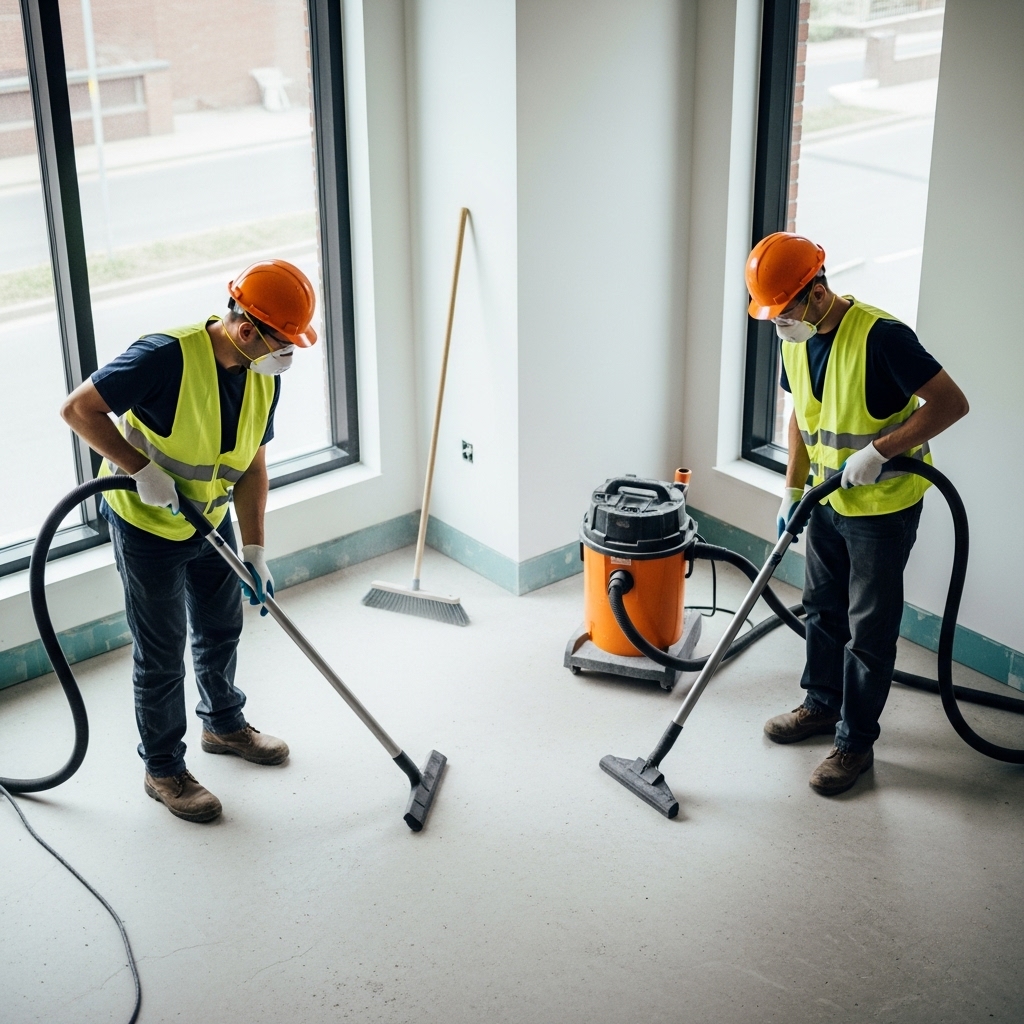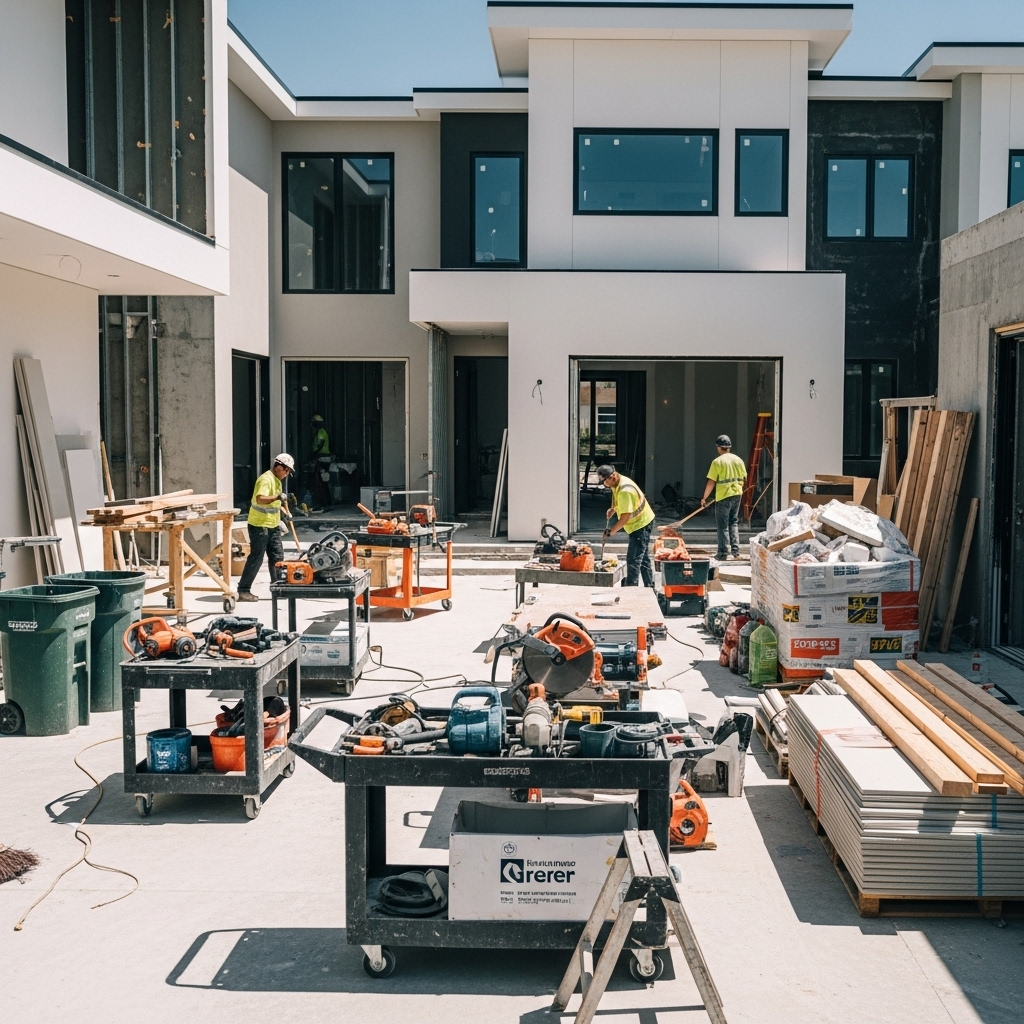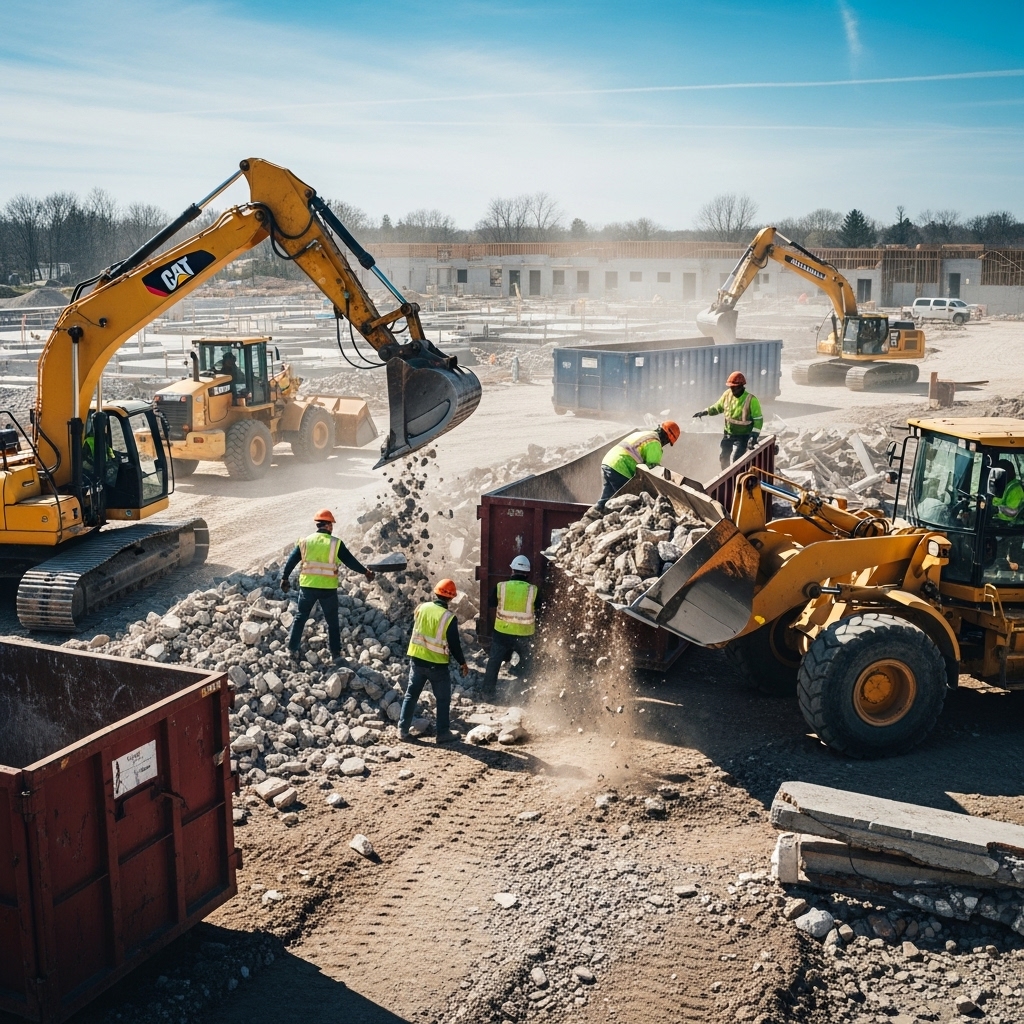Dust is an inevitable byproduct of renovation, but it can be controlled with the right strategies. Effective dust control not only keeps the site clean but also ensures the health and safety of workers and inhabitants. Dust particles, if not managed, can infiltrate every corner of the space, lingering in the air, and settling on surfaces. Tiny particles of dust can linger in the air, causing respiratory issues and allergies. Prolonged exposure to construction dust can lead to more severe health problems, including chronic respiratory conditions and skin irritations.
Essential tips for dust control
Use Protective Barriers
Installing physical barriers such as plastic sheeting or temporary walls can help contain dust within a designated area. These barriers act as a first line of defense, preventing dust from spreading to other parts of the building. They are particularly useful in open-plan spaces where dust can easily travel. By isolating the dusty area, you minimize the impact on the rest of the site and maintain a cleaner, healthier environment.
Implement Negative Air Pressure
Using fans and air scrubbers to create negative air pressure within the workspace can effectively capture dust particles and improve air quality. This technique involves setting up equipment that pulls air from the workspace and exhausts it outside, thus preventing dust from escaping into the rest of the building. Negative air pressure systems are particularly effective in controlling airborne particles during activities like sanding and cutting. This technique helps to ensure that dust does not escape into the rest of the building, protecting both the workers and the occupants.
Keep the Site Wet
Misting surfaces with water can help minimize dust. This simple yet effective method prevents dust from becoming airborne, especially during demolition. Applying water to materials before cutting or breaking them reduces the amount of dust generated. It’s a cost-effective and environmentally friendly approach that significantly contributes to cleaner air. Additionally, using specialized dust suppression equipment for larger projects can enhance this method’s effectiveness.
Efficient Site Organization
A well-organized renovation site is fundamental to maintaining cleanliness and ensuring that the project runs smoothly. Organization is the backbone of a successful renovation, as it minimizes confusion, reduces the risk of accidents, and enhances productivity. A cluttered site can lead to lost tools, misplaced materials, and increased stress levels among workers. Here’s how you can achieve efficient site organization:
Designate Specific Areas
Assign specific zones for different activities such as material storage, waste collection, and tool storage. Clearly marked areas help in maintaining order and ensures that everything is in its place. This not only keeps the site tidy but also streamlines operations, as workers know exactly where to find and return items. An organized site fosters a sense of discipline and efficiency among the crew, leading to a more productive work environment.
Use Clear Signage
Proper signage can guide workers and visitors around the site safely. Labels and signs should indicate hazardous areas, exit routes, and locations for cleaning supplies and safety equipment. Effective signage reduces the likelihood of accidents and enhances communication on the site. It also ensures compliance with safety regulations and fosters a culture of awareness and responsibility. Clear signs can also provide quick instructions in case of emergencies, ensuring a swift and organized response.
Regularly Inspect and Tidy the Site
Schedule regular inspections to ensure the site remains organized. Inspections help identify potential hazards and areas that need attention before they become significant issues. Encourage workers to clean as they go, putting away tools and materials when not in use, and immediately disposing of debris. A clean-as-you-go policy keeps the site manageable and prevents the accumulation of clutter, contributing to a safer and more efficient work environment.
Debris Management Tips
Renovation projects generate a significant amount of debris, which can quickly accumulate and create a messy, unsafe environment. Unmanaged debris can become a tripping hazard, obstruct pathways, and even damage completed work. Effective debris management is essential to maintaining a clean renovation site. By dealing with debris promptly, you not only keep the site clean but also improve morale and efficiency. Consider the following tips:
Hire Construction Cleanup Services
Professional construction cleanup services can efficiently manage debris removal, ensuring that the site is kept clean and safe. These services have the expertise and equipment to handle various types of waste, including hazardous materials. Hiring professionals can save time and resources, allowing your team to focus on the renovation tasks at hand. They also ensure that all waste is disposed of responsibly, in compliance with local regulations.
Use a Post-Renovation Cleanup Checklist
A checklist can be a valuable tool for ensuring all areas of the site are cleaned thoroughly. This should include tasks such as removing all debris, sweeping floors, and wiping down surfaces. A comprehensive cleanup checklist ensures no detail is overlooked, resulting in a spotless site ready for occupancy. It also provides a sense of accomplishment and closure at the end of the project, reinforcing the importance of cleanliness and organization.
Recycling and Disposal
Implement a recycling program to reduce waste. Sort materials such as metals, wood, and plastics into designated bins for recycling. Recycling not only helps the environment but can also reduce disposal costs and contribute to a project’s sustainability goals. Ensure that hazardous waste is disposed of according to local regulations, safeguarding both the environment and community health.
Contractor Cleaning Best Practices
Contractors play a crucial role in maintaining a clean renovation site. Their daily habits and practices can significantly influence the overall cleanliness and safety of the project. Here are some best practices for contractors:
Daily Cleaning Routine
Establish a daily cleaning routine that includes sweeping, vacuuming, and organizing tools and materials. A consistent routine helps prevent the buildup of dust and debris, maintaining a clean working environment. This routine also sets a standard for cleanliness that workers are expected to follow, promoting accountability and pride in their workspace.
Provide Adequate Cleaning Supplies
Ensure that the site is stocked with adequate cleaning supplies such as brooms, dustpans, vacuum cleaners, and cleaning agents. Workers should have easy access to these supplies to encourage regular site cleaning. Providing the right tools not only facilitates cleanliness but also signals the importance of maintaining high standards. It empowers workers to take initiative and ownership of their environment, fostering a culture of cleanliness.
Educate and Train Workers
Training workers on the importance of site cleanliness and providing them with the necessary skills to maintain it is essential. This includes teaching them how to handle waste properly and the importance of wearing protective gear. Regular training sessions keep workers informed about the latest cleaning techniques and safety protocols. It also reinforces the significance of a clean site in ensuring safety and efficiency, motivating workers to adhere to best practices.
Conclusion
Maintaining a clean renovation site requires diligence, organization, and a commitment to safety and efficiency. By implementing dust control measures, organizing the site effectively, managing debris responsibly, and adhering to contractor cleaning best practices, you can ensure a clean, safe, and productive renovation project. Not only does this protect the health and safety of everyone involved, but it also contributes to the successful completion of the renovation. A well-maintained site reflects professionalism and attention to detail, enhancing your reputation and client satisfaction.
Remember, a clean site is a reflection of professionalism and attention to detail. It can significantly enhance the overall renovation experience and lead to a smoother, more efficient process. Make cleanliness a priority from the start, and you’ll see the benefits unfold throughout the project. Prioritizing cleanliness sets the stage for a successful renovation, ensuring that the final results are not only visually appealing but also achieved through a process that values safety and efficiency.

